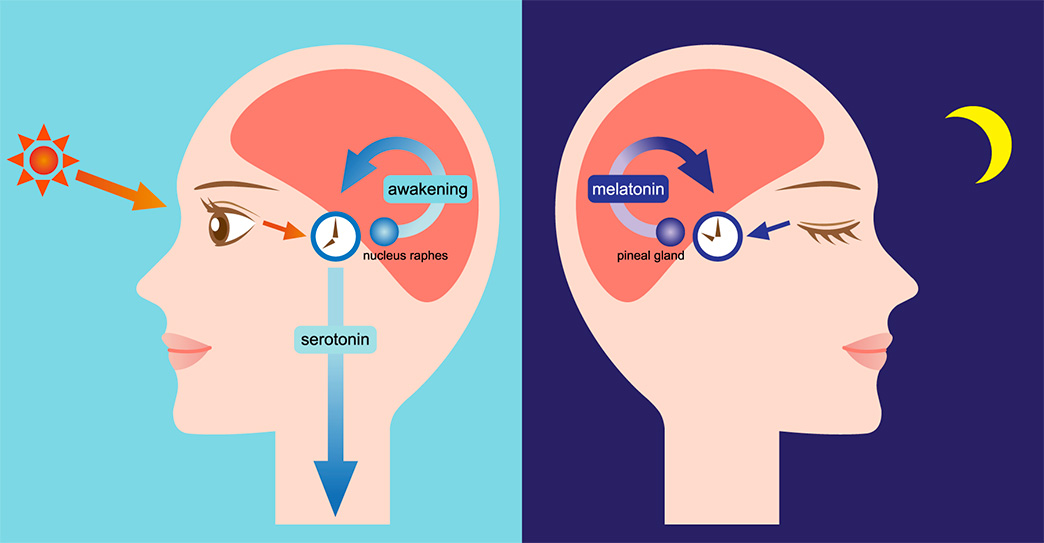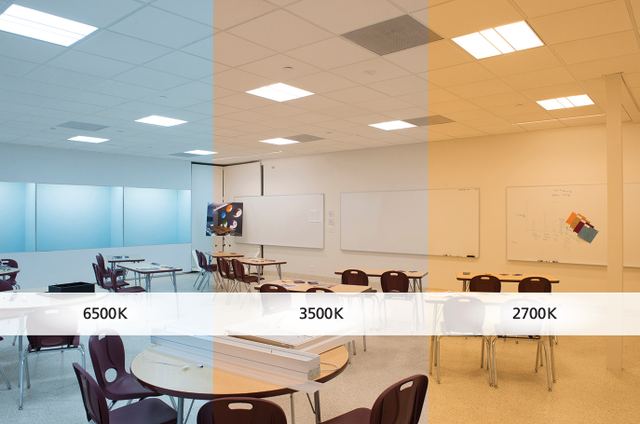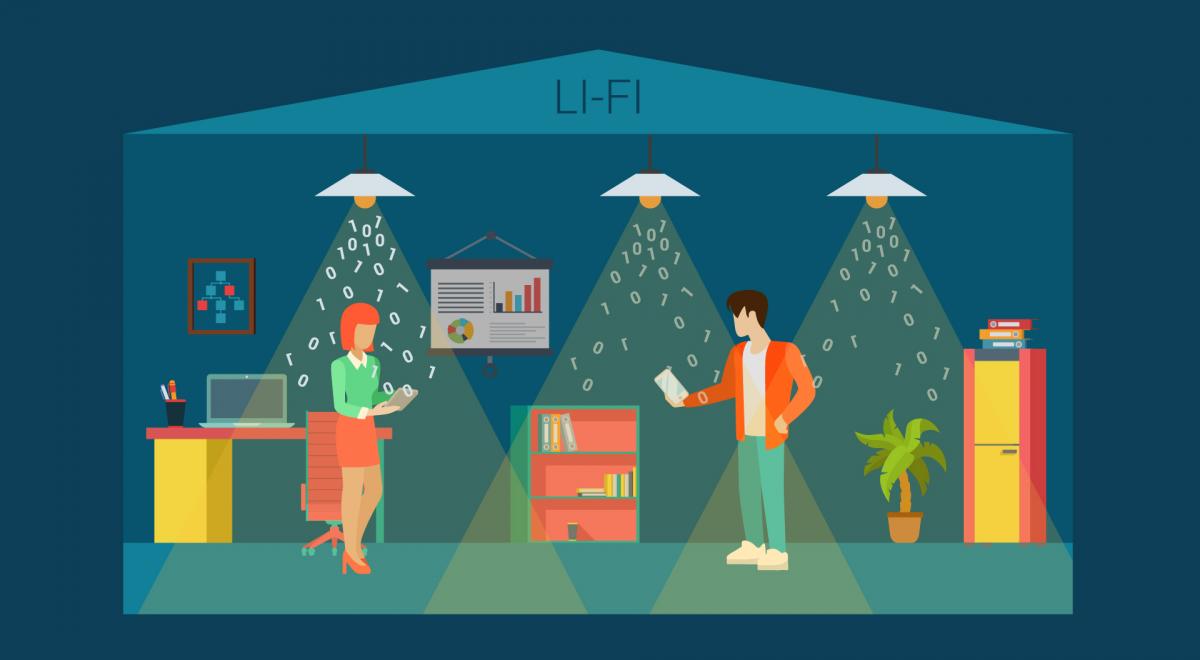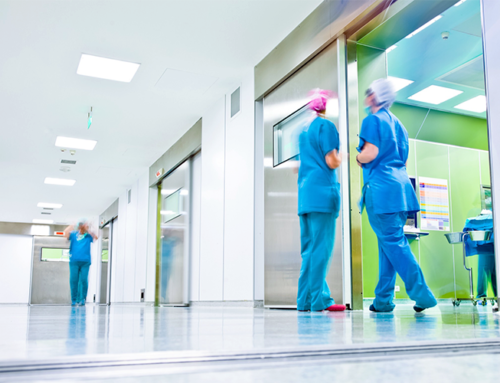
Lighting plays an important role in schools in many different ways. It can directly affect how well students see and learn; it’s also a significant consumer of a district’s energy.
As a school leader, you have the opportunity to create a true learning environment through lighting that improves productivity, engagement levels, and focus in the classroom.
Since schools are ranked—and often financially penalized or rewarded—depending on academic performance and graduation rates, money saved through the installation of a new lighting system is also money available for initiatives that have a direct impact on student performance.
Still looking for reasons to justify a lighting upgrade for your school (or district)?
Here are seven reasons you should get started:
1. Better Light Quality & Output
Many students already have visual problems—i.e. focusing, eye tracking, visual acuity, perception, etc. A lighting upgrade will aid students in properly seeing all areas of the classroom (and the rest of the school). Additionally, an upgrade using LED lighting can effectively reduce glare and flicker, which not only have a negative impact on students, but on teachers as well.
Fluorescent lighting, the type of lighting most-commonly used in schools, has been shown to bother students with autism. Those with autism are sensitive to the subtle flicker of direct fluorescent lighting, causing headaches, eyestrain, and increased repetitive behavior.
This is another case where an LED lighting upgrade would be a benefit since LEDs do not flicker when fully dimmed. This makes them a great option for special education classrooms.
2. Healthier Circadian Rhythm

When discussing the benefits of a lighting upgrade, another important topic is circadian rhythm. Our circadian rhythm is an internal, biological clock that helps our bodies determine when to wake up, when to go to sleep, and even when to concentrate and when to relax.
When discussing the benefits of a lighting upgrade, another important topic is circadian rhythm. Our circadian rhythm is an internal, biological clock that helps our bodies determine when to wake up, when to go to sleep, and even when to concentrate and when to relax.
If your school uses a lighting system that doesn’t align with our natural circadian rhythm, the sleep-wake cycle of both students and staff can get disrupted. This can have a negative affect on the ability to concentrate and may result in additional tardies and absences.
On average, students today already sleep approximately two hours less than they did in the past. This is due to reduced exposure to natural daylighting, and other factors, like using electronic devices before bedtime. Both of which influence our circadian rhythm. This pattern of disruption in sleep can potentially lead to behavioral issues, and one study suggests that “in 50 to 80 percent of cases for ADHD, the most-likely factor for the findings is sleep deprivation resulting from disruption of the biological clock and circadian rhythm.”
It goes without saying: students who don’t get enough sleep are not able to perform to their full potential in the classroom.
3. Improvements in Mood and Behavior

Utilizing your lighting system properly can increase focus, aid in concentration and relaxation, and improve the overall mood and behavior in students. Color temperature, for example, can play a huge role in the health of students.
Cooler (or bluer) color temperatures (4100K-5000K) in the morning can help students wake up and become more alert, helping with their mental cognition and their ability to learn and comprehend material.
A study completed by the Universities of Mississippi and Texas, respectively, shows that cool color temperatures can improve the behavior of students who are hyperactive or have learning disabilities.
Light levels, like color temperature, are very important in the classroom. Various types of depression, including Seasonal Affective Disorder (SAD), or “the winter blues,” which is very common in school and office environments, can be treated with bright light. Spending too much time in a dimly-lit room can negatively affect a person’s mood, and cause them to feel depressed. Bright lighting is so useful for treating depression because it helps encourage bright and upbeat moods.
This study, carried out at two schools in Germany, investigated the effects of light on student performance. The research found that students working under artificial LED lighting designed to simulate daylight showed improved concentration and classroom performance, with some students even reporting being able to tell the difference in their mood and concentration.
4. Better Test Scores
There is also growing evidence that LED lighting itself may improve academic performance.
A 2016 study investigated the effects of light on two classrooms of students taking math tests; one classroom was equipped with standard fluorescent lighting, and the other classroom had LED lights that were fitted with an artificial “daylighting” option that mimics natural daylight, similar to the one mentioned previously.
The result: students were more alert and scored significantly higher on tests in the classroom outfitted with simulated daylight-like lighting.
Similar studies have conclusively shown that proper LED lighting can improve concentration, reading speed and comprehension, lower errors rates, and boost productivity.
5. Tunable Lighting & Lighting Controls

The Department of Energy describes the next-generation integrated classroom lighting system as “a highly energy efficient, fully-dimmable, tunable white-lighting system,” noting that classroom lighting must be flexible and easy to use to accommodate different teaching methods, how students of all ages learn, and visitors/substitute teachers.
Unfortunately, the vast majority of classrooms in the U.S. only have on/off controls, and even simple dimming is available in less than 2 percent of classrooms.
A tunable lighting system can provide teachers with an additional tool in the classroom, by offering tunable color temperature, which helps gain the attention of students, promote relaxation or cool down time after recess, and provide the right lighting levels for specific tasks—i.e. direct instruction with white boards or smart boards, note taking during presentations, and computer work.
Dimming can save money, too. Many LED light fixtures feature “daylight harvesting” which automatically respond to ambient light levels to further reduce energy costs.
6. Save Money (and the Planet)
This is usually the first argument for a lighting upgrade in any facility. Energy costs are the second largest operational expense for school districts and lighting accounts for as much as 30 to 50 percent of those costs.
Additionally, many schools throughout the U.S. that still use fluorescent, or even incandescent, spend more money trying to compensate for the heat generated from their outdated fixtures than the fixture itself. A lighting upgrade could potentially cut energy used for lighting by half – in some cases up to 70% — and another 10 to 20 percent for cooling, further reducing energy costs!
LEDs are the best “bang-for-your-buck” in terms of a lighting upgrade. You won’t have to worry about replacing yours for years or possibly decades to come. LEDs in-particular have a lifespan of approximately 100,000 hours (or up to 20 years), several times longer than the 10,000-hour operational life of fluorescents. LEDs are also built for durability and require little, if any, maintenance.
With the price of LEDs dropping more than 85% in recent years, making the switch is easier and more cost-effective than ever, and also provides a much shorter payback period—in some cases payback occurs in as little as three years!
7. Prepping for the Future: Smart Lighting

Today’s advanced LED light fixtures can create entire “smart schools” with embedded sensors, intelligence, and networking capabilities. The development of smart lighting solutions will continue in the coming years based on increased connectivity and internet of things (IoT) solutions becoming a key element in areas around the globe.
The opportunities available to schools with the installation of smart lighting solutions go far beyond energy and maintenance savings.
Modern smart lighting products can help schools and universities in monitoring their environment, to increase student and staff safety or to upgrade connectivity as “LiFi” hotspots.
How to Start Your Upgrade
If your school is looking to install new lighting, consider the following:
- Conduct an Audit. This should be done by a lighting professional; the outside party will gather your district’s energy consumption data, evaluate the best solution, and then present to your administration’s decision-makers to obtain their support.
Energy Performance Lighting provides investment-grade audits using a comprehensive assessment with room-by-room exact pricing of exterior and interior lighting. Once the assessment is complete, EPL develops lighting upgrade options in a “Good, Better, Best” format with varying savings and price points.
- Organize a Mock Up. Once you have your administration’s support, mock-up an area of the school where the new lighting will be installed so students, teachers, and staff can visualize the changes.
- Utilize Rebates. Inquire about rebates from your lighting professional. Your utility provider may offer incentives for lighting upgrades. Rebates may also be available at the state or federal level, which can speed up the project’s payback period.
- Funding. This is often times the most-challenging aspect of any school improvement project. If funding is not available in your budget, consider breaking the project into annual phases. Cooperative purchasing and financing are other options to get your project in-motion.
EPL offers a budget development at no cost to school districts. We calculate within 10% of the project’s total cost and payment can be broken up into annual plans.
- Installation. Determine when the lighting upgrade when take place (weeknights, weekends, over summer break, etc.) and if an outside party or your maintenance team will handle installation. Using a professional to install your lighting frees up your staff to handle other maintenance issues throughout the district.
Energy Performance Lighting performs all installs with in-house electricians; we do not use any third-party sub-contractors. We also provide controlled construction timelines, as needed.
In Conclusion
Schools looking for options that reduce operational costs, improve student performance, and create better performing learning centers should consider an LED lighting upgrade or lighting retrofits. The LED market is more consumer-friendly than ever, and is now the standard in commercial and industrial applications, including educational facilities. LEDs provide better and safer performance, increased energy efficiency, and a longer operating life.
If you’re looking for a way to improve the environment for your students and teachers, a lighting upgrade may be the solution. For more information, or to schedule on audit, contact the Lighting Certified specialists at Energy Performance Lighting by email or phone at (608) 661-5555.
Sources:
- SM Berman, M Navvab, MJ Martin, J Sheedy and W Tithof. Lighting Research and Technology 2006; 38; 41. DOI: 10.1191/1365782806li155oa< /li>
- Barkmann, Claus, et al. “Applicability and Efficacy of Variable Light in Schools.” NeuroImage, Academic Press, 6 Oct. 2011, www.sciencedirect.com/science/article/abs/pii/S0031938411004690?via=ihub.
- Keis O, et al. Influence of blue-enriched classroom lighting on students’ cognitive performance. Trends in Neuroscience and Education (2014), http://dx.doi.org/10.1016/j.tine.2014.09.001i
- “GATEWAY Evaluations.” Department of Energy, www.energy.gov/eere/ssl/gateway-evaluations.
- “Seasonal Affective Disorder (SAD).” Mayo Clinic, Mayo Foundation for Medical Education and Research, 25 Oct. 2017, https://www.mayoclinic.org/diseases-conditions/seasonal-affective-disorder/symptoms-causes/syc-20364651.
- Whitaker, Tim. “Optimized Lighting Conditions Help Students Improve Performance.” LEDs, www.ledsmagazine.com/articles/2012/06/optimized-lighting-conditions-help….
- Sleegers, Pjc, et al. “Lighting Affects Students’ Concentration Positively: Findings from Three Dutch Studies.” Lighting Research & Technology, vol. 45, no. 2, 2012, pp. 159–175., doi:10.1177/1477153512446099.



